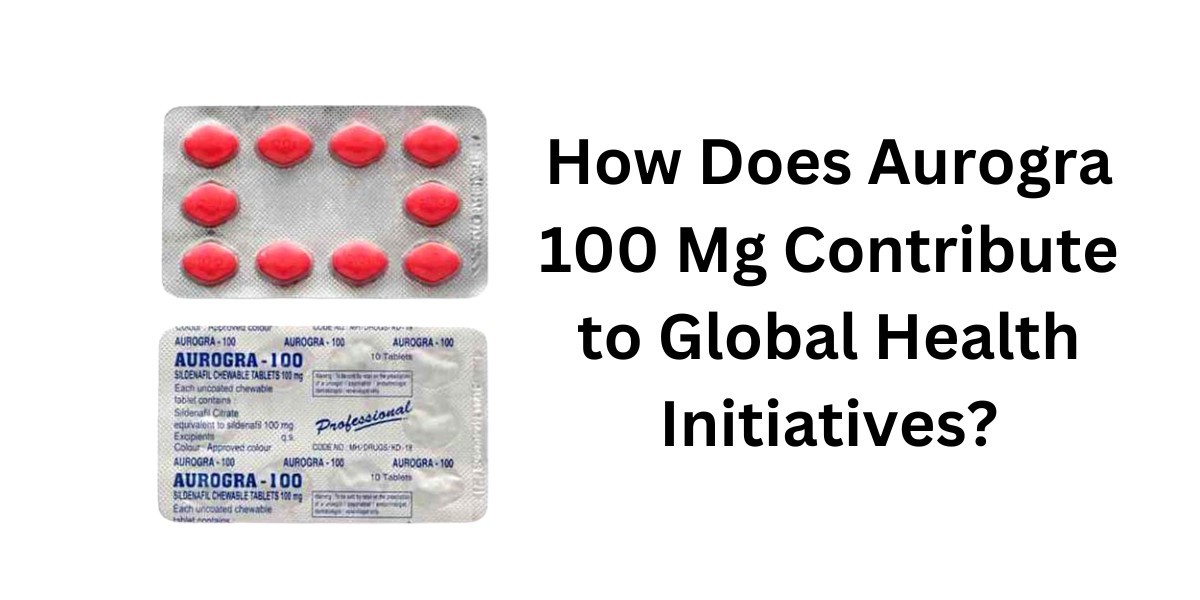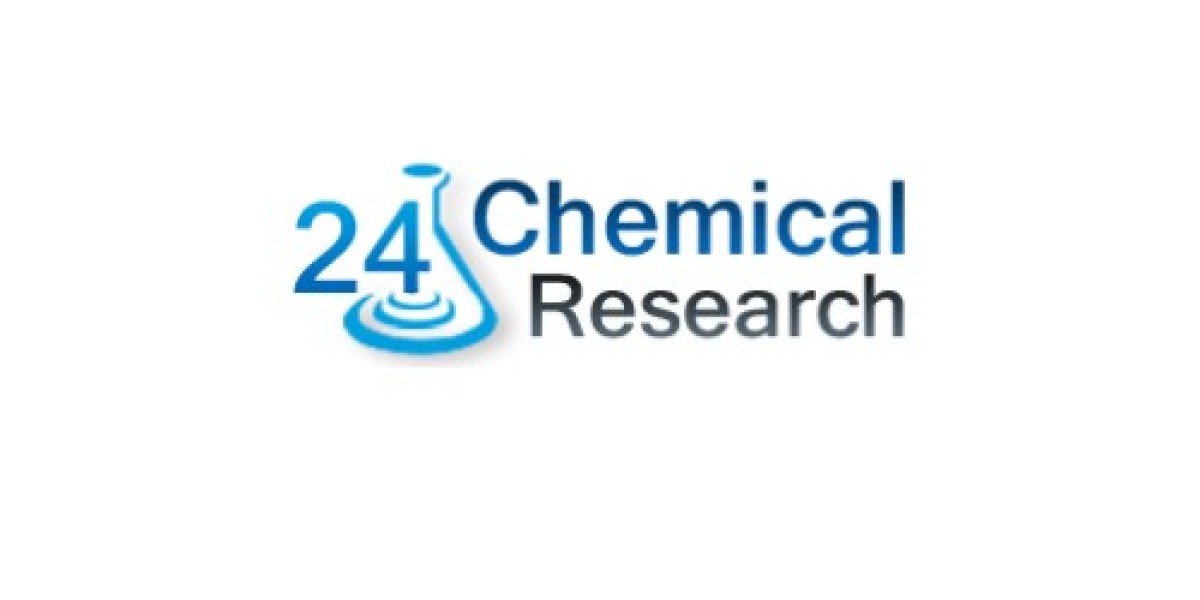What Factors Are Driving the Growth of the Real-Time PCR Market?
The real-time polymerase chain reaction (RT-PCR) market is experiencing significant growth, primarily driven by its widespread applications in various fields, including diagnostics, research, and biotechnology. A projected Compound Annual Growth Rate (CAGR) of around 8% from 2024 to 2030 emphasizes its increasing relevance
.
Key drivers include:
- Infectious Disease Diagnostics: The COVID-19 pandemic highlighted the critical role of RT-PCR in diagnosing infectious diseases, leading to increased investment and demand for testing solutions.
- Technological Advancements: Innovations such as the development of compact, portable RT-PCR systems, like the BioGX portable pixl qPCR platform, enable rapid diagnostics in various settings, including remote locations.
- Regulatory Approvals: Recent FDA approvals for advanced RT-PCR kits and systems have bolstered market growth, encouraging more companies to invest in research and development.
2. How Is Digital PCR Technology Being Applied in Diagnostics?
Digital PCR (dPCR) technology offers precise quantification of nucleic acids, making it an invaluable tool in diagnostics. Unlike traditional PCR, dPCR provides absolute quantification without the need for standard curves, enhancing its reliability in various applications
.
Recent applications include:
- Cancer Detection: Companies like NeoDx Biotech Labs are developing dPCR kits that target specific genetic mutations associated with cancers, facilitating early detection and personalized treatment.
- Infectious Disease Testing: Digital PCR is increasingly used for the detection of viral loads in patients, particularly for emerging pathogens, due to its sensitivity and specificity.
- Pathogen Monitoring: The use of dPCR for environmental monitoring of pathogens has gained traction, allowing for rapid response in outbreak scenarios.
3. What Are the Latest Advancements in PCR Diagnostics for Infectious Diseases?
PCR diagnostics continue to evolve, with several recent advancements improving speed, accuracy, and accessibility. The demand for efficient diagnostic tools, particularly for infectious diseases, has never been higher, leading to innovative solutions from leading companies.
Notable advancements include:
- Point-of-Care Testing: Molbio Diagnostics launched a chip-based RT-PCR test that delivers results in just one hour, making it suitable for point-of-care applications.
- Multiplexing Capabilities: Innovations in multiplex RT-PCR systems allow for the simultaneous detection of multiple pathogens in a single test, which is crucial during outbreaks of diseases like monkeypox.
- Integration of AI and Automation: Companies are incorporating AI to improve result interpretation and streamline workflows, enhancing overall diagnostic efficiency.
4. What Trends Are Emerging in PCR Testing and Reagent Development?
The PCR technology landscape is witnessing several emerging trends that are shaping its future, particularly in testing and reagent development.
Key trends include:
- Sustainability Initiatives: Companies are increasingly focusing on eco-friendly reagents and consumables to minimize their environmental impact. This shift is becoming a competitive advantage in the market.
- Personalized Medicine: There is a growing emphasis on developing PCR assays tailored to individual patient needs, particularly in oncology and genetic testing.
- Technological Integration: The integration of PCR with other diagnostic technologies, such as next-generation sequencing (NGS), is enhancing the capabilities of laboratories and diagnostic centers
| For more info. | Market Research | Related Report | T-Cell Lymphoma Therapeutics Industry Market |
| Antimicrobial Resistance Surveillance Market | |||
| Oncology Biosimilars Market |


